All official European Union website addresses are in the europa.eu domain.
See all EU institutions and bodiesPeople, nature and the economy all need water and water is many things: a vital need, a local and global resource, a transport corridor, a climate regulator and home and provider to many species. Europe's rivers, lakes, seas and groundwater are under pressure from pollution, eutrophication, over-exploitation and climate change.
From melting glaciers, lakes, and rivers to ground water and seas, water is an interconnected and vital resource. Pollution, over-exploitation, physical alterations to water habitats and climate change continue to impact Europe's water bodies and life dependent on them.
Freshwater resources are finite. Europeans use billions of cubic metres of water every year for drinking, farming, manufacturing, heating and cooling, electricity generation, tourism and other service sectors. Population growth, urbanisation, pollution and the effects of climate change, such as persistent droughts, are putting a growing strain on Europe’s freshwater supplies and its quality.
Europe’s seas cover more than 11 million km2 and range from shallow, semi-enclosed seas to vast expanses of the deep ocean. They host a wide and highly diverse range of coastal and marine ecosystems with a large variety of habitats and species. Even though EU countries have managed to reduce some pressures, the conservation status of marine ecosystems also remains critical. Similarly, pollution, over-exploitation of marine resources and economic activities also impact marine life.
The European Union and its Member States have been putting in place policies and measures to improve water quality, reduce pollution and improve the state of aquatic ecosystems. In some cases, like the bathing water quality, drinking water and urban wastewater treatment, there have been remarkable achievements. In other areas, such as conservation of wetlands, plastic litter in seas, the latest trends continue to cause concern.
The state of water in Europe is...
Pollution, habitat degradation, impacts of climate change, and the over-use of freshwater resources are putting pressure on Europe’s lakes, rivers, coastal waters and groundwaters like never before. According to our recent report, the largest assessment on the health of Europe’s water bodies, Europe is not on track to meet its targets to improve the health of waters under EU rules.
Better water management is key to improve water resilience, to alleviate pressures on water and to ensure European citizens, nature and industry have enough good-quality water.
Agriculture is the most significant pressure impacting both surface and groundwaters, according to the EEA report ‘Europe's state of water 2024: the need for improved water resilience’. This results from water use and pollution from the intensive use of nutrients and pesticides, according to Member States’ own monitoring. Agriculture is by far the highest net water consumer in Europe and, without changes in practices, demand from irrigated agriculture is likely to increase with climate change.
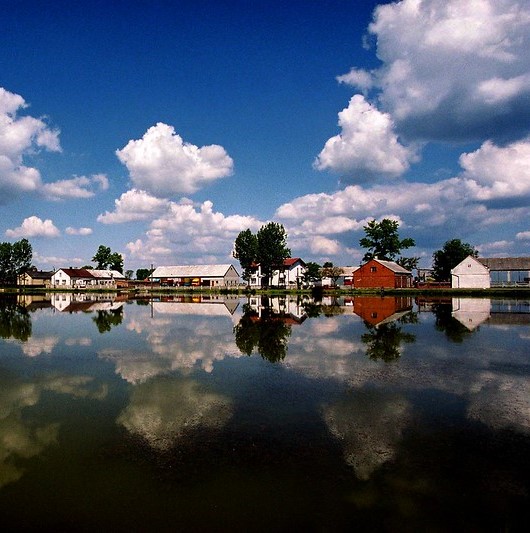
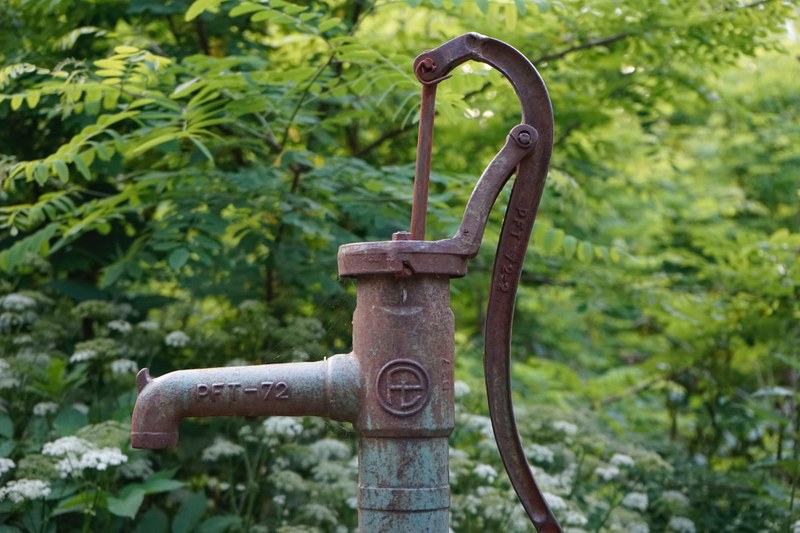
Does the EU have enough and clean groundwater?
Groundwater stores almost one third of total global freshwater resources and, in the EU, supplies 65% of drinking water and 25% of water for agricultural irrigation. Groundwater pollution is a serious threat to this resource. Recovery from pollution is not easy, as removing pollutants is difficult, meaning that they can accumulate. Groundwater resources are also under increasing pressure from water abstraction and climate change.
Groundwater is an integral part of the natural water cycle. Once degraded or depleted, it can take years or decades for groundwater to recover.
PFAS pollution in European waters
Concerns about PFAS pollution have increased in many European countries but comprehensive monitoring data are often limited. Most monitored rivers, transitional and coastal waters and a large part of lakes in Europe are polluted with at least one of the many extremely persistent chemical compounds that are deemed harmful for people and nature.
It is still hard to draw conclusions on the extent of the problem across Europe, due to uncertainties and gaps in the reported data. However, the results do highlight a challenge in delivering on the objectives of the zero pollution ambition for a toxic-free environment and in achieving good chemical status under the Water Framework Directive.

WISE-Freshwater: your gateway to data and information on European surfacewater and groundwater
Climate change and water: Too much or too little?
Climate change has many significant impacts on water. One of these impacts is the amount of water that will be at a given place at a given time. As our climate is changing, some areas are projected to get wetter. Heavy rain downpours might result in flooding as there is more water than the ground can absorb. Other areas are expected to get drier.
Our indicator shows that, between 2000 and 2019, Europe was affected by severe droughts with an annual productivity loss of 3% in affected areas. The last decade saw the most intense drought years; notably the years 2013 and 2016-2019 showed strong impacts on vegetation productivity. Drought impacts on forests were worst, with 5% annual productivity loss followed by croplands (4% annual decrease) and heathlands/shrubs (3.1% decrease).
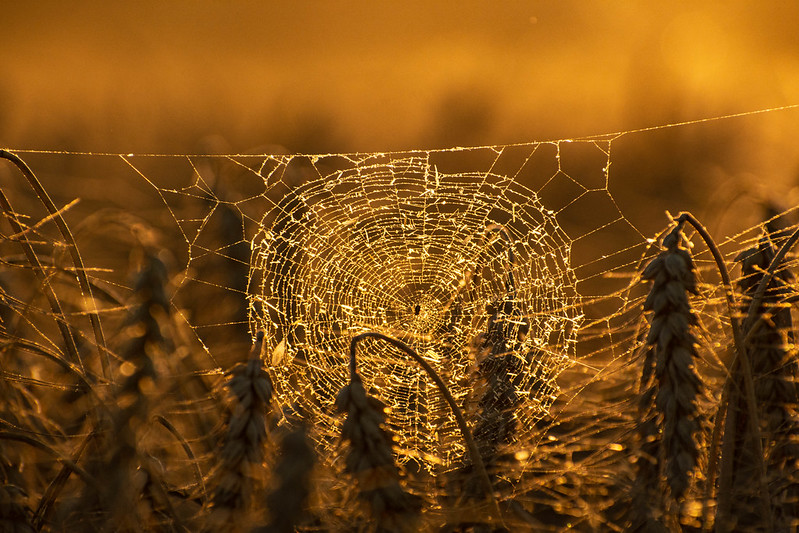
Europe's seas: Interested in their state, pressures affecting them and what is being done to protect them?
How can Copernicus help?
Our drinking water, our economies, our food systems and an increasing amount of energy generation depends on a detailed knowledge of water resources. Given this, a detailed understanding of the location and characteristics of bodies of water is essential. One of the main goals of the Copernicus Land Monitoring Service is to provide users with the data necessary to monitor water dynamics across the European continent.
High-resolution water products provide detailed information about the presence and condition of water and wet surfaces. This product leverages both Sentinel-1 and Sentinel-2 images to enable effective mapping of land cover characteristics such as permanent water bodies, transitional water bodies, and soil wetness.
The snow and ice product group boasts a number of near-real time datasets related to snow monitoring which have been used in the context of modeling the water supply, risk assessment and hazard management, and energy production.
EU-Hydro provides a dataset which includes a photo-interpreted river network consistent with surface interpretation of water bodies (lakes and wide rivers) as well as a drainage model (also called Drainage Network) derived from EU-DEM.
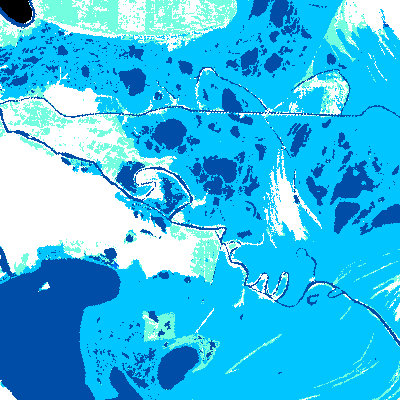
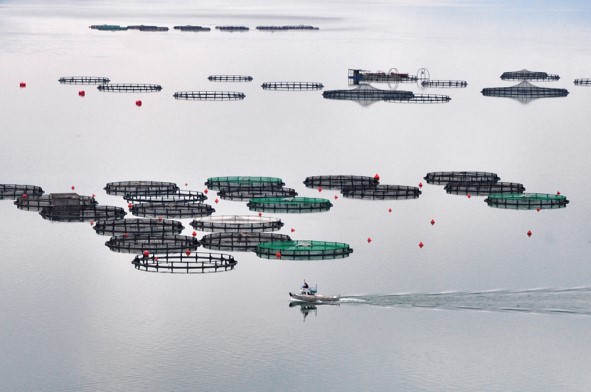
Europe’s marine biodiversity remains under pressure
Europe's seas are precious. Our quality of life, livelihoods and economies depend on them being in good condition. Our seas are home to many species, habitats and ecosystems. They also provide people with vital ecosystem services, including food, energy, clean air and climate change mitigation.
Through the continued unsustainable use of Europe’s seas, we have altered their physio-chemical environment, and their habitats and ecosystems. The resilience of our seas is eroding, while their ecosystems, habitats and biodiversity, and the services they provide are under significant threat.
